- Home
- About
- Anatomy
- BOOKS about TRIKING
- Brands
- Buy
- FATRIKES
- JaYoe!
- More
- 700 Club
- a TADPOLE RIDER blog
- A travelin’ Tennessee trike
- Adaptive Mobility Trike
- Adaptive Triking Items
- Aero SPEED TRIKES
- Alfa Side Pods
- Are you selling your trike?
- Arkel Panniers
- AZUB Motor Assist Trike
- Be a TUBELESS triker: Here’s why!
- BEHIND the Trike Companies
- Complete Streets
- Crater Lake National Park
- Earth Day
- EFNEO or GTRO
- Electric Assist Trike
- Expedition Trikers
- FINER Recliner Neckrests!
- How-to Measure X-seam!
- Iron Man Kyle
- Monkey Lights
- MSR Tent Stake Hammer for Trike Camping
- My First Trike
- OFF-ROAD Trike Solution (Azub)
- OFF-ROAD Trike Solution (HPV)
- OFF-ROAD Trike Solution (ICE)
- OFF-ROAD Trike Solution (TerraTrike)
- OFF-ROAD Trike Solution (Utah Trikes)
- OREGON COAST BIKE ROUTE
- Oregon Coast Bike Shop
- Pannier Solution for some wild adventuring
- Portable Trike Stand
- Reader Stuff
- Recumbent Cycle Con 2011
- Recumbent Cycle Con 2013
- Recumbent Retreat 2014 Oregon
- Replenishing Stan’s NoTubes tubeless tire sealant
- RTR Magazine
- Schwalbe Jumbo Jim 26×4.80 tire report
- Sun City Trikers
- The Original TRIKE HOBO!
- Tire Changing
- Trike Hobo Steve gives a really weird Author’s Talk
- Trike Links of Interest
- Trike TREKS
- Triker Polls
- TRI ANGULAR LocoMo
- US Vice Pres on Catrike
- Wikipedia on Tricycles
- Willow’s Rover
- Post
- Q&A
- Rider Stories
- ICE in Yellowstone (Pedaling Wyoming)
- Triker Adam (Catrike Road)
- Triker Alan (HPV Scorpion FS)
- Triker Alonzo (ICE T)
- Triker Andy (ICE Sprint)
- Triker Bob (Catrike Speed)
- Triker Bob (Greenspeed)
- Triker Bob (ICE Adventure)
- Triker Brian (ICE Adventure)
- Triker Dan (Catrike 700)
- Triker Dan (TerraTrike hobo)
- Triker Dave (ICE Adventure)
- Triker David (Azub TRIcon)
- Triker Denise (ICE VTX)
- Triker Duo John & Dawn (Redmount Rollers)
- Triker Duo Paul & Kathie (ICE Sprint X, two of them)
- Triker Gary (Catrike 700)
- Triker Gary (Catrike Road)
- Triker Glen (Custom Delta)
- Triker Glen (Trident)
- Triker Howard (ICE Vortex+)
- Triker James (Actionbent & Sun)
- Triker James (Catrike 700)
- Triker Jen (Greenspeed)
- Triker Jon (Catrike 700)
- Triker Kurt (ICE Q)
- Triker Maria (ICE – South Pole)
- Triker Mark (Catrike x2)
- Triker Mark (Trike Dealer)
- Triker Matt (HPV Scorpion)
- Triker Newman (TerraTrike x2)
- Triker Norm (Catrike 700)
- Triker Randall (Performer JC70)
- Triker Rodney (TerraTrike Zoom)
- Triker Steve (Catrike 700)
- Triker Steve (Catrike Trail)
- Triker Steven (ICE Adventure)
- Triker Will (TX1 Silver OTrike)
- Triker William (HPV Scorpion)
- Triker William (TransAmerica Scorpion)
- Triker Willow (TerraTrike Rover)
- Triker Zachary (Catrike Quad)
- Trikers – Gallery A
- Trikers – Gallery B
- Trikers – Gallery C
- SteveStuff
- 2023 Pannier Setup for Trike Hobo Steve
- A New Trike in 2014
- A New Trike in 2015
- A New Trike in 2021
- A new triker is born: 1954
- Arkel Dry-Lites Pannier Evaluation
- Arkel GT-54 Modification
- Avoid Schwalbe Jumbo Jim 26×4.80 fat tires
- Beyond Boundaries
- BIGFOOT
- Columbia River to Morro Bay photographs
- Florence Oregon Movie
- Helmet Thoughts
- ICE Full Fat for SALE
- ICE Pilot
- MEET STEVE movie
- MSR Tent Stake Hammer for Trike Camping
- OREGON COAST BIKE ROUTE
- Oregon Coast State Parks
- Oregon Hideaway: Ada
- Oregon Hideaway: North Fork
- Oregon Hideaway: North Fork Revisited
- Oregon Hideaway: North Fork revisited 2016
- Oregon Hideaway: Sweet Creek
- Oregon: North Coast
- Oregon: Sweet Creek Revisited
- OUT IN THE COUNTRY
- Replenishing Stan’s NoTubes tubeless tire sealant
- Road ICE
- Road Sights
- Steve’s Catrike 700
- Steve’s ICE Full Fat
- Steve’s Trike Expeditions
- Steve’s Trike Movies
- Steve’s Trike Transitions: 2009-2017
- Steve’s ICE Qnt
- The Coos Bay Bridge Bypass
- The Yaquina Bay Bridge
- Tilted Rear Wheel
- Trike Hobo’s Panniers 2017
- Trike Trails of Death Valley
- Trike Wallpaper
- Wisdom of Ken Kifer
- Trike Tour
- Beyond the Box
- Electric Assist Trike
- Fast ‘n Light Packing
- GNAT – gypsies, nomads
- How-To Trike Tour Book
- Only a Mile?
- OPSAK Food Stowage
- Pull a Trailer?
- Steve’s Cargo Solution
- Steve’s Tent Solution
- Sub 36 Hour Overnighter – the S36O
- TOURING (page 1)
- TOURING (page 2)
- TOURING (page 3)
- TOURING (page 4)
- TOURING (page 5)
- TOURING (page 6)
- Touring on a Catrike 700?
- Want to REALLY know if YOU can go?
- Video









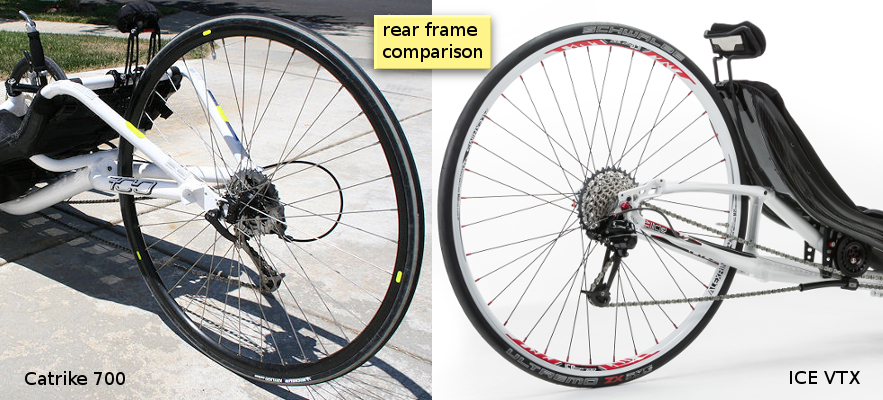

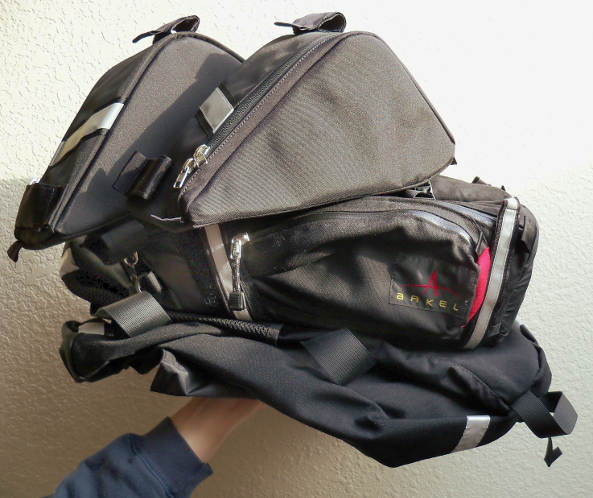





































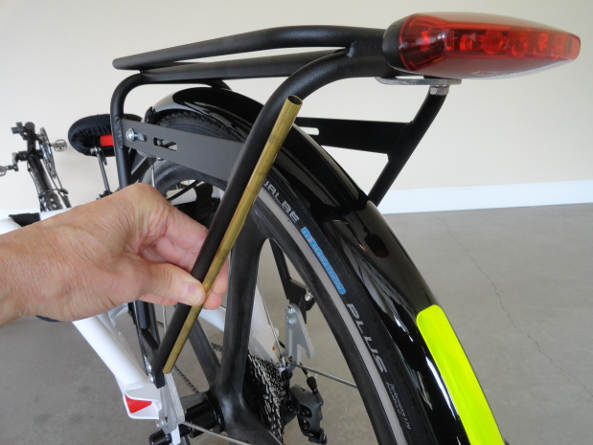









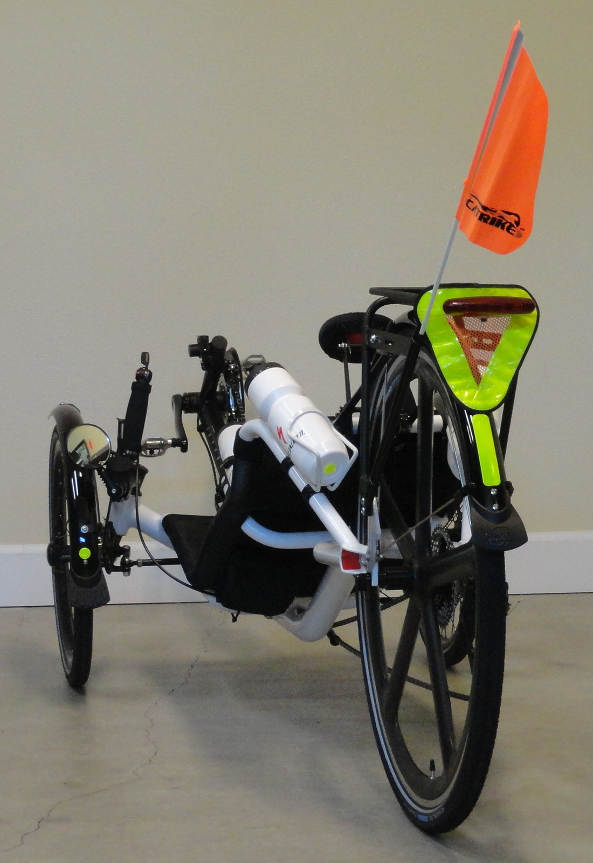



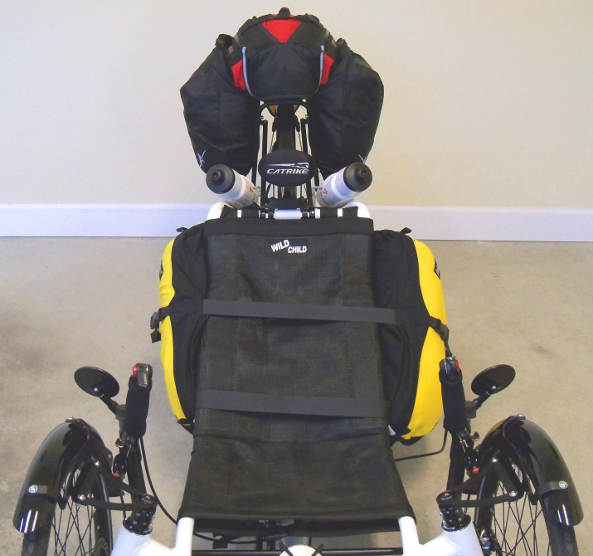





















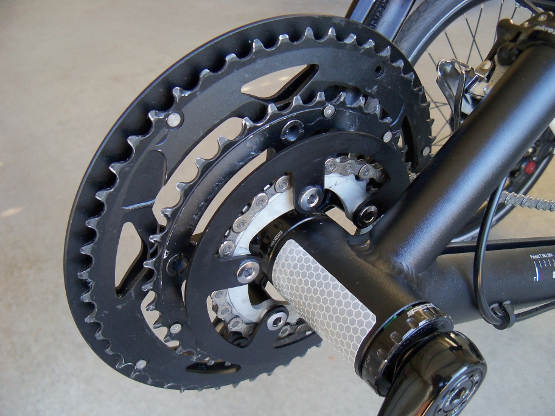


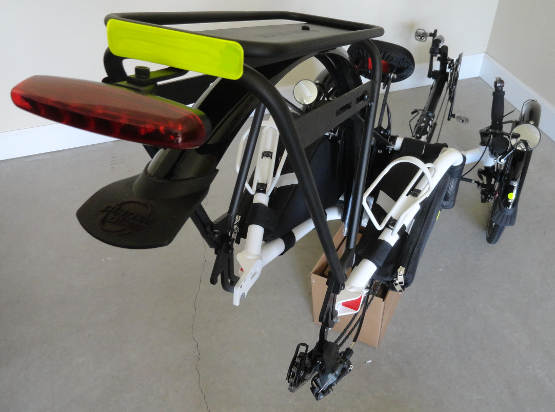
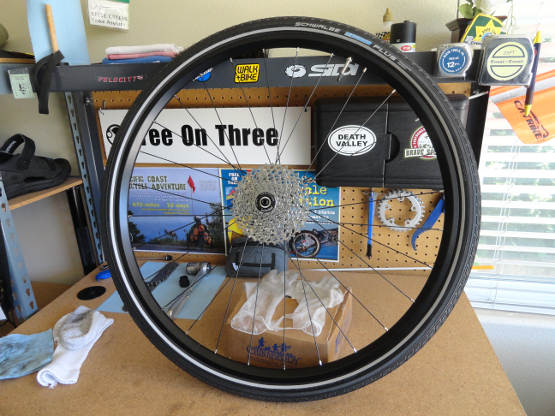
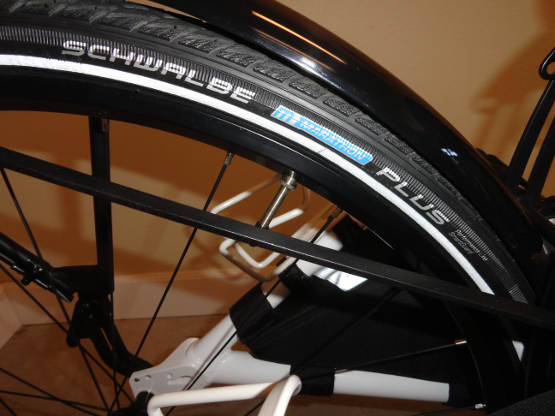





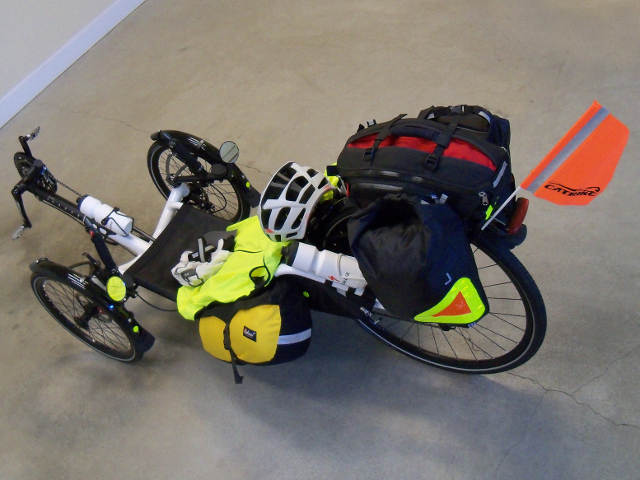
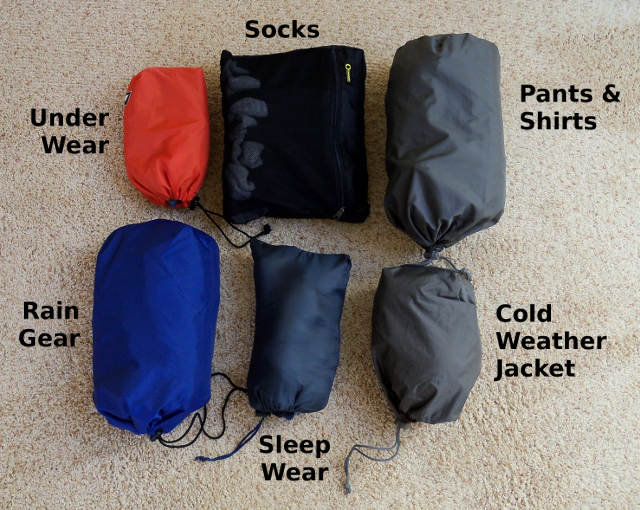



















You must be logged in to post a comment.